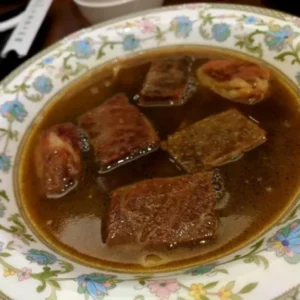Are you the kind of traveler who’s always up for a challenge—especially when it comes to food? While some dishes are celebrated for their flavor or nutritional value, others gain fame (or notoriety) for pushing the boundaries of what most people consider edible. From eyeballs to insect eggs, here are 9 of the most terrifying dishes in the world that only the truly daring have the guts to try.
1. Tuna Eyeballs – Japan’s Undersea Oddity
A delicacy in Japanese cuisine, tuna eyeballs are surprisingly high in omega-3 fatty acids. Served steamed or simmered in soy sauce and mirin, they are said to have a flavor similar to squid. However, the mere sight of an eyeball staring back from your plate is enough to make most people queasy. For many, eating this dish is more about bravery than taste.

>> Hákarl: Iceland rotten Shark that tourists dare to eat
2. Fugu (Pufferfish) – Deadly Delicacy of Japan
This infamous dish has claimed lives and headlines. The fugu, or pufferfish, contains lethal levels of tetrodotoxin, a poison that is up to 1,200 times more toxic than cyanide. Chefs require a special license in Japan to prepare it, and one mistake could be fatal. It’s a high-stakes meal for thrill-seekers—definitely not for the faint of heart.
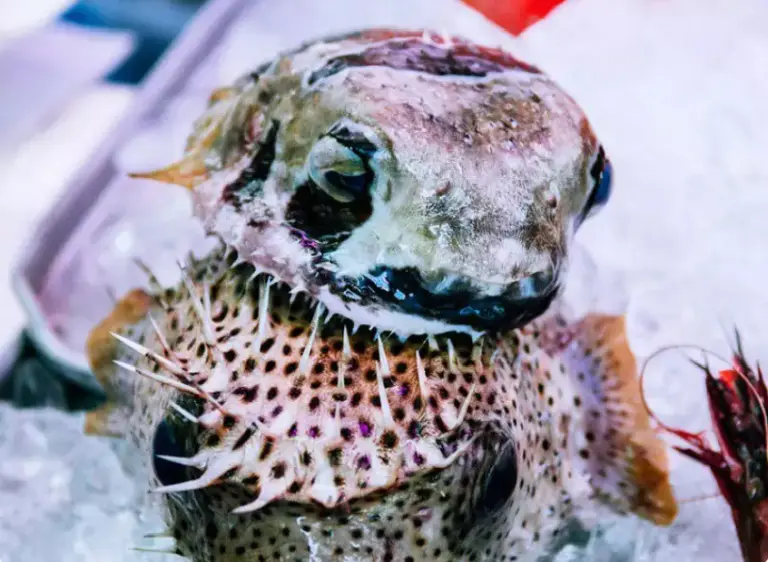
3. Katsu Ika Odori-don – The Dancing Squid Bowl
This Japanese dish looks like something out of a science fiction film. Katsu ika odori-don consists of rice or noodles topped with raw squid that appears to “dance” when soy sauce is poured on it. The movement is caused by the activation of nerves, even after the squid is dead. While fascinating, it’s also risky—especially if the moving tentacles trigger a choking hazard.

>> China’s most bizarre dishes that challenge even the bravest foodies
4. Fried Tarantulas – Cambodia’s Crunchy Critters
Widely enjoyed in Cambodia, fried tarantulas are crispy on the outside and creamy on the inside. Seasoned with salt, sugar, and garlic, they’re often served with rice or noodles. For arachnophobes, just looking at this snack is horrifying—but for the adventurous, it’s a rare treat with a surprisingly nutty flavor.
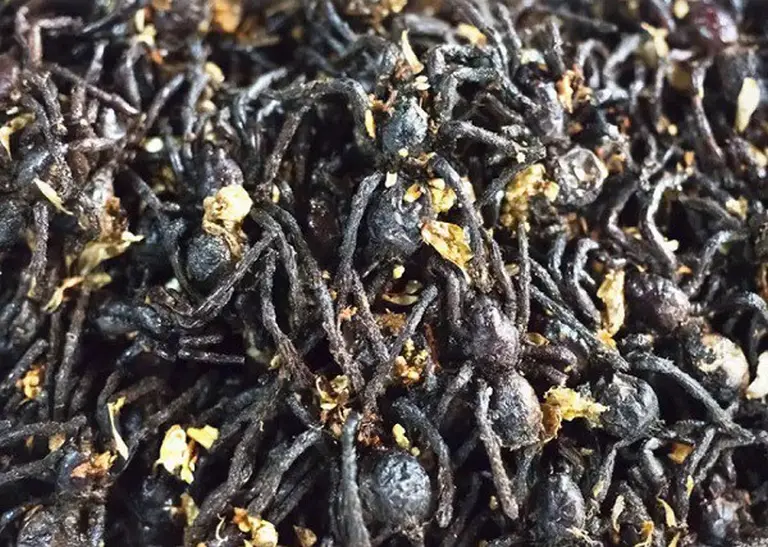
5. Escamoles – Mexico’s Ant Egg Caviar
Known locally as “insect caviar,” escamoles are the larvae of giant black ants, harvested from the roots of agave plants in Mexico. Served inside tacos or scrambled with eggs, they have a buttery texture and a slightly nutty flavor. It’s a prized delicacy among locals, though it can be mentally challenging for outsiders to take the first bite.
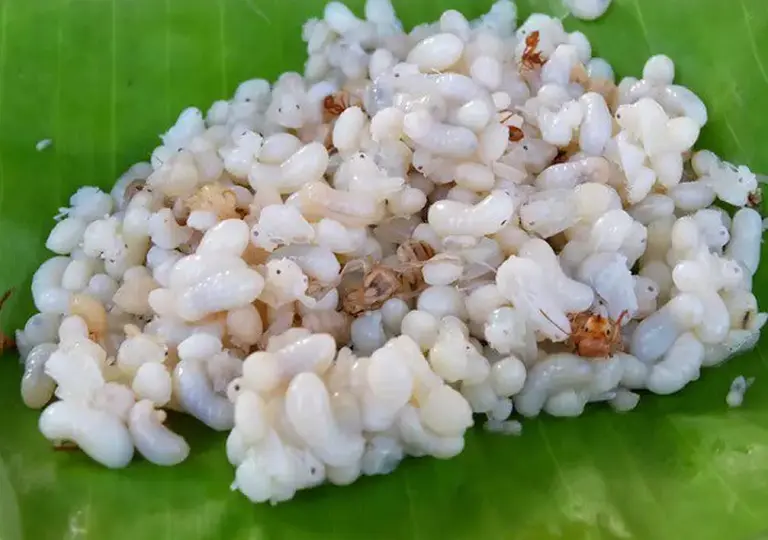
>> The world’s smelliest fish: A dish that dares you to taste it
6. Casu Marzu – Sardinia’s Forbidden Cheese
Hailing from the Italian island of Sardinia, casu marzu is a sheep milk cheese that contains live insect larvae. These maggots help ferment the cheese to a soft, spreadable texture. However, eating it comes with risks—including nausea, intestinal discomfort, and even infections. Due to health concerns, casu marzu has been banned in many countries, yet it remains a coveted (and illegal) delicacy.

7. Balut (Fertilized Duck Egg) – A Southeast Asian Staple
Balut, also known as fertilized duck egg, is a common street food in countries like Vietnam and the Philippines. It’s typically 16–21 days into embryo development when consumed, offering a mix of yolk, broth, and partially formed duckling. Often seasoned with salt, herbs, and ginger, balut is said to be highly nutritious—boosting blood health and energy levels. While locals consider it a delicacy, foreigners are often shocked by its appearance.
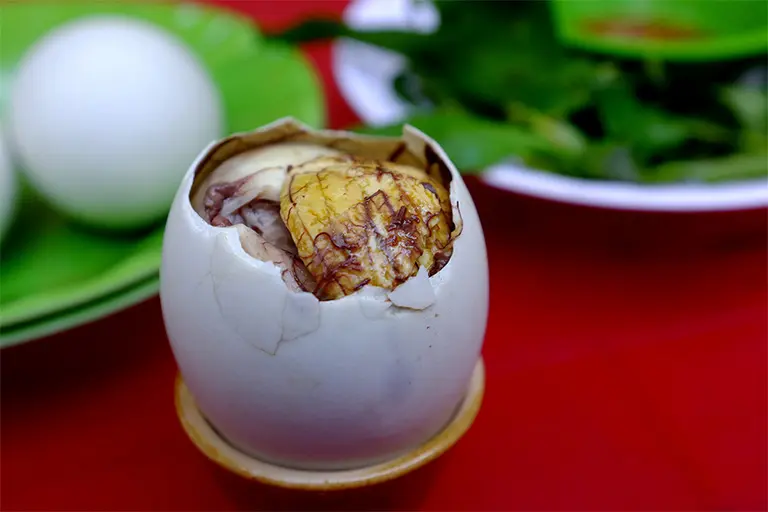
8. Sannakji – Korea’s Live Octopus Delight
Sannakji is a Korean dish made from freshly chopped octopus tentacles, served raw and wriggling. Lightly seasoned with sesame oil and seeds, it’s prized for its texture and freshness. However, like Japan’s dancing squid, sannakji is potentially dangerous—the suction cups on the tentacles can latch onto the throat, posing a choking hazard.
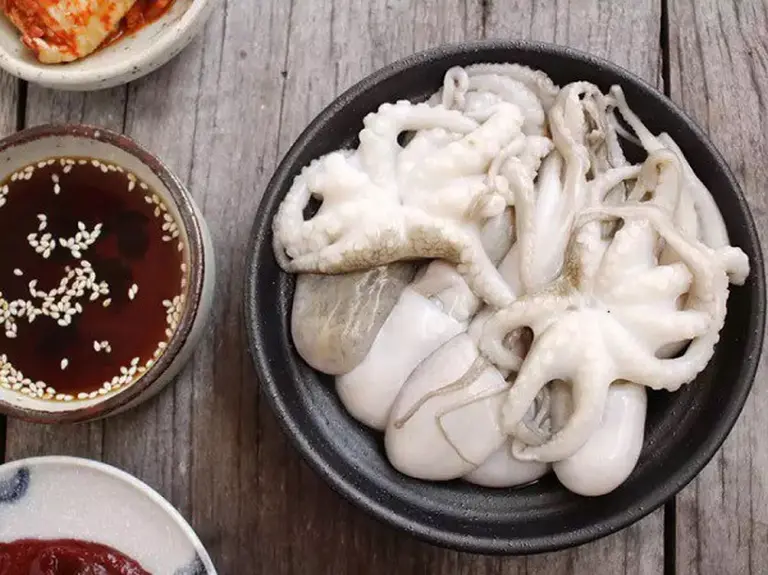
>> Try Korea’s must-eat street snack – Hotteok, the sweet pancake that wins every heart
9. Monkey Brain – Controversial and Dangerous
Perhaps the most controversial dish on this list, monkey brain has reportedly been consumed in parts of China. Aside from its ethical concerns, the dish poses serious health risks. It can transmit Creutzfeldt–Jakob disease, a fatal neurodegenerative condition similar to mad cow disease. Symptoms include memory loss, hallucinations, and eventually, death. Unsurprisingly, this dish has been widely condemned by scientists and human rights advocates alike.

Would You Dare to Try Them All?
These bizarre foods challenge not just your taste buds, but also your courage and cultural perceptions. While some offer rich history and health benefits, others teeter on the edge of danger. Whether you’re a curious foodie or an adrenaline junkie, one thing is certain—dining around the world can be just as thrilling as skydiving or climbing a mountain.


